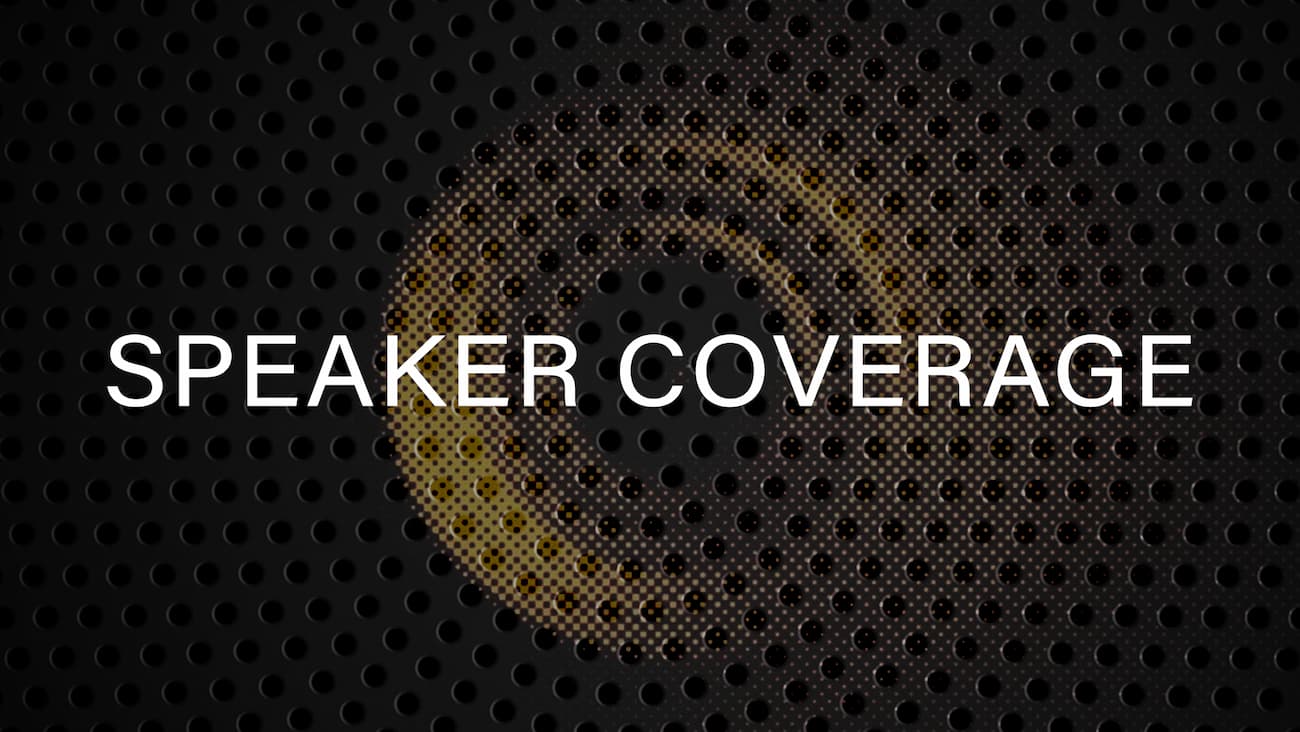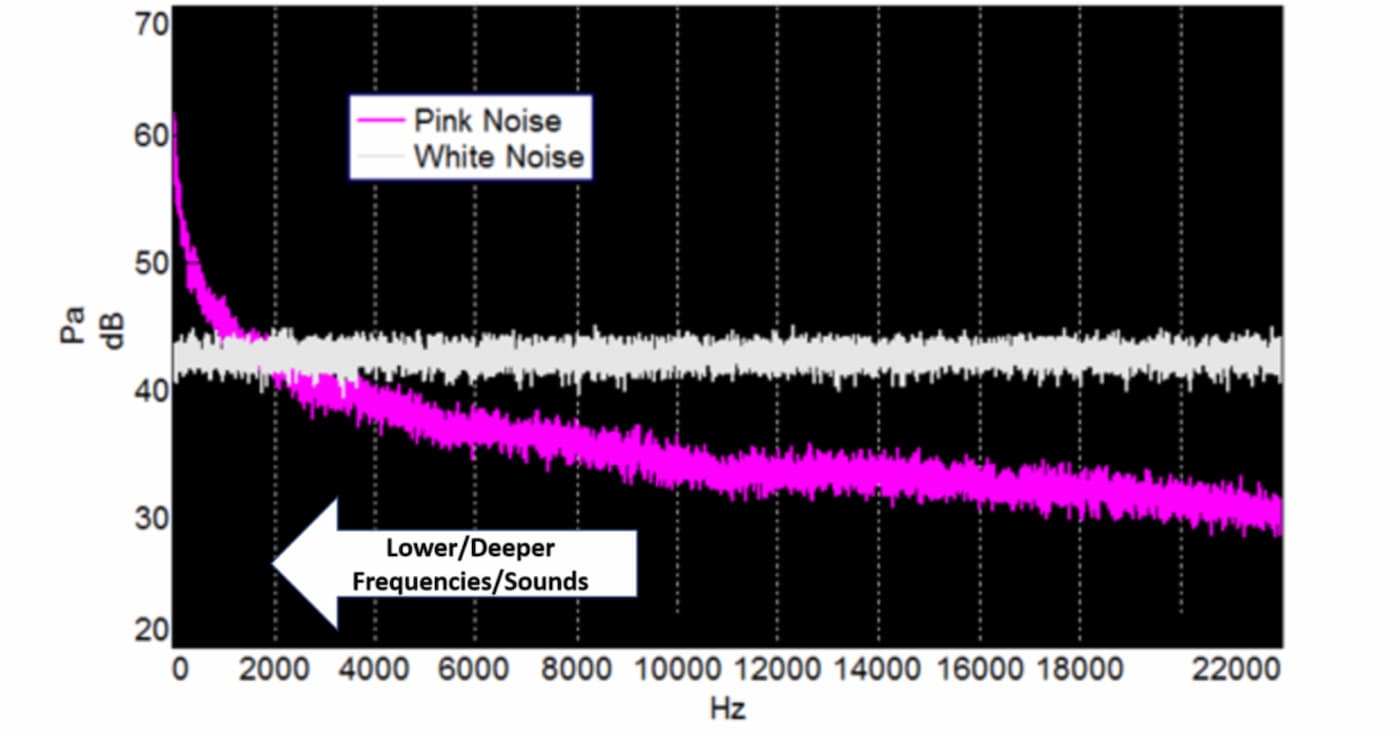
Echo is a sound or series of sounds caused by the reflection of sound waves from a surface back to the listener.
Reverberation results from a large number of reflected waves, which can be perceived by the brain as a continuous sound.

Is Sound Isolation a Problem?
Sound is a vibration in a physical medium, which creates a difference in pressure creating a wave of energy. The energy of the wave dissipates over distance and time. In the image below, one can see how losing 6db (decibels) for a sound wave occurs after only one meter.
In order to quantify the loss of 6db, compare it to well known noises listed in the table below. Sound is logarithmic, which means -6db (one meter far away from the source) results in the sound being 4 times less loud than at the source.
This means that one could still hear street noises or neighbors’ activities depending on the construction materials used in the building.
How Important Are the Construction Materials — New York City?
Consider a NYC apartment. The typical street sound levels are at about 70db, but NYC street noise levels are around 90db. In a logarithmic scale, this means it is 100 times louder than a typical street.
It is true that sound loses 6db per meter, but this must be considered along with the construction materials of NYC buildings. Isolating materials started being utilized around 2000, but most of NYC’s construction is much older. The architecture of buildings were often designed with large windows and as can be seen in the table below, they are not the best materials when it comes to sound isolation.
| Reflective wall materials | 125 Hz | 250 Hz | 500 Hz | 1 kHz | 2 kHz | 4 kHz |
| Glass (1/4" plate, large panel) | 0.18 | 0.06 | 0.04 | 0.03 | 0.02 | 0.02 |
| Concrete (poured, rough finish, unpainted) | 0.01 | 0.02 | 0.04 | 0.06 | 0.08 | 0.1 |
Absorption Coefficient (NRC) is sound energy absorbed divided by the sound energy hitting the surface.
The NRC of a concrete wall is 0.01 which means that 99% of the sound bounces and 1% gets absorbed. The NRC for glass is 0.1 which means that it allows ten times more sound to enter the inside of the building. Typically concrete is thicker than glass, especially glass manufactured in the 1980s. Due to the amount of glass utilized in New York City construction, this offers a plausible explanation for New York City noise issues.
| Source of noise | Sound pressure level, dB | Sound pressure, Pa |
| Threshold of pain | 120 | 20 |
| Loud rock music | 110 | 6.3 |
| Metalworking plant | 100 | 2 |
| Average street noise | 70 | 0.06 |
| Average office noise | 60 | 0.02 |
| Quiet residential street | 50 | 0.006 |
| Very quiet home radio | 40 | 0.002 |
| Inside a country home | 30 | 0.0006 |
| Threshold of hearing | 10 | 0.00006 |





